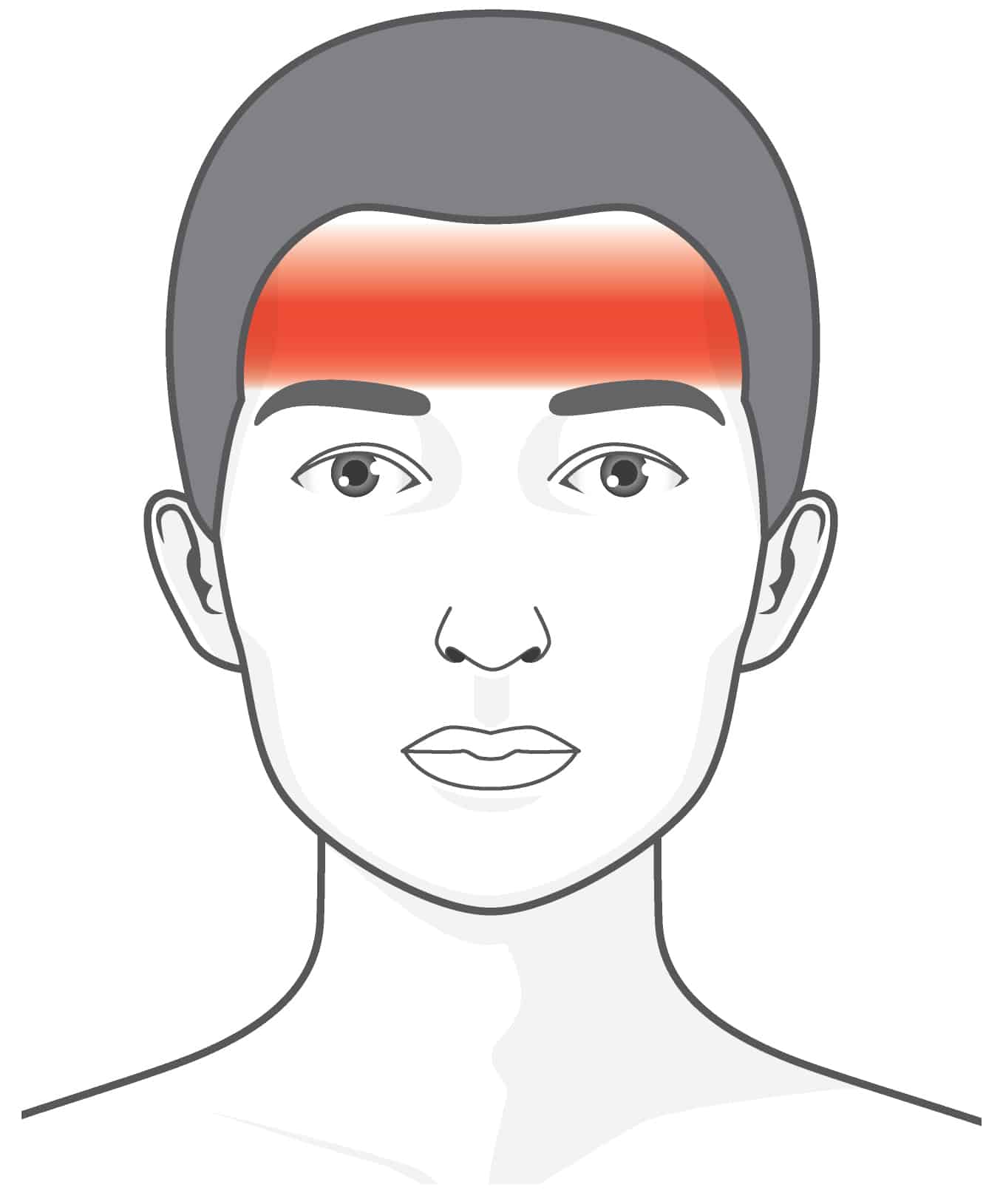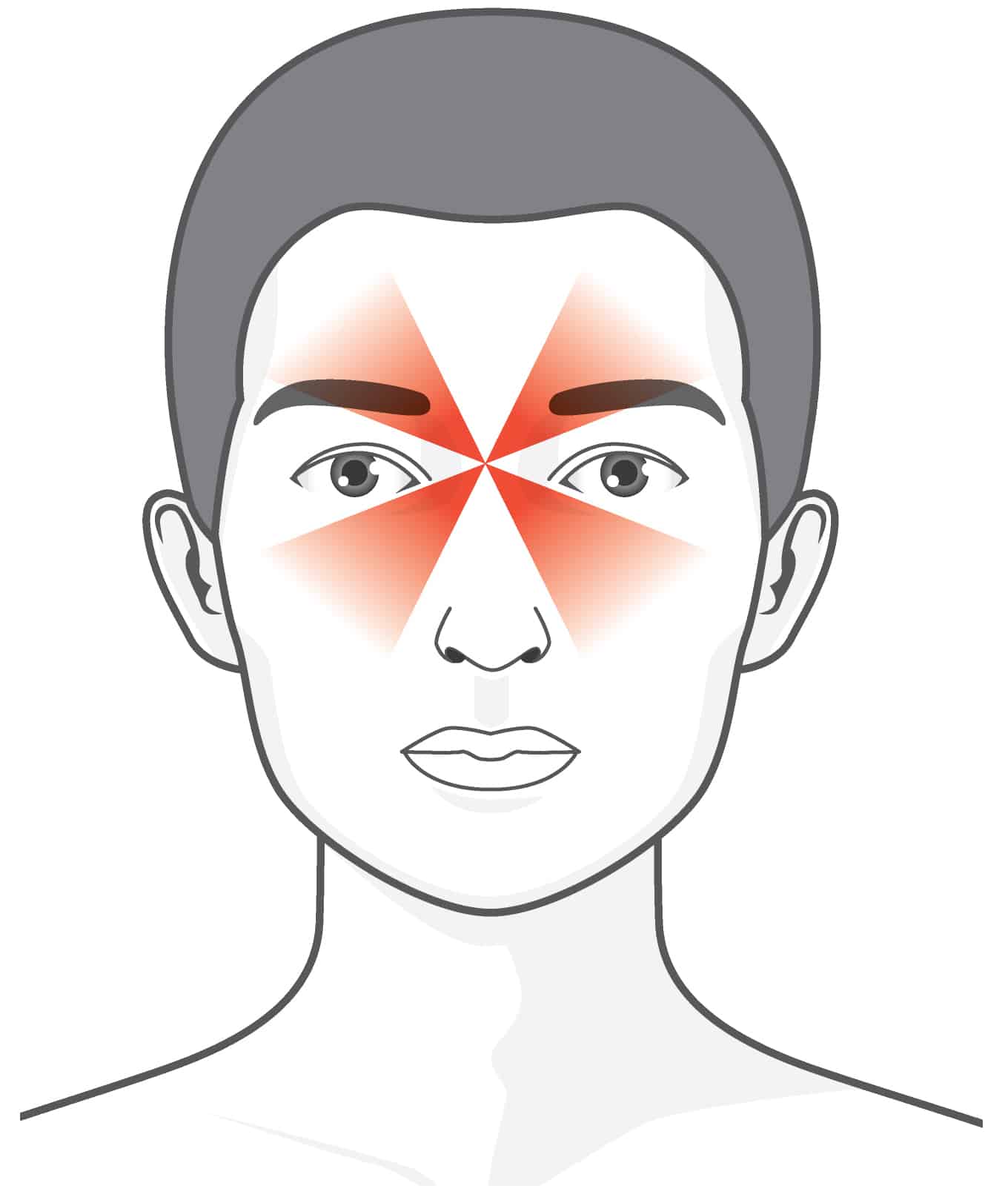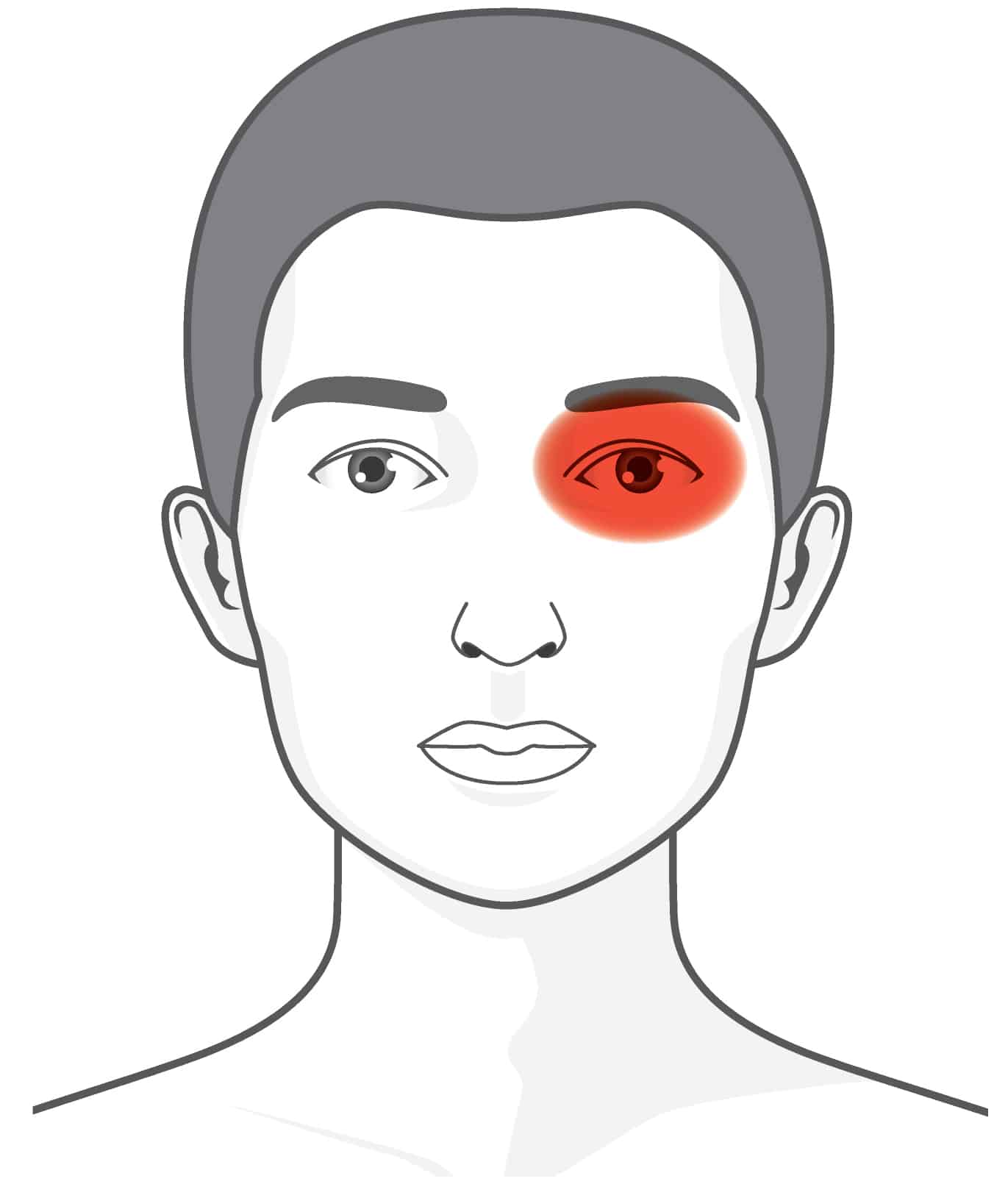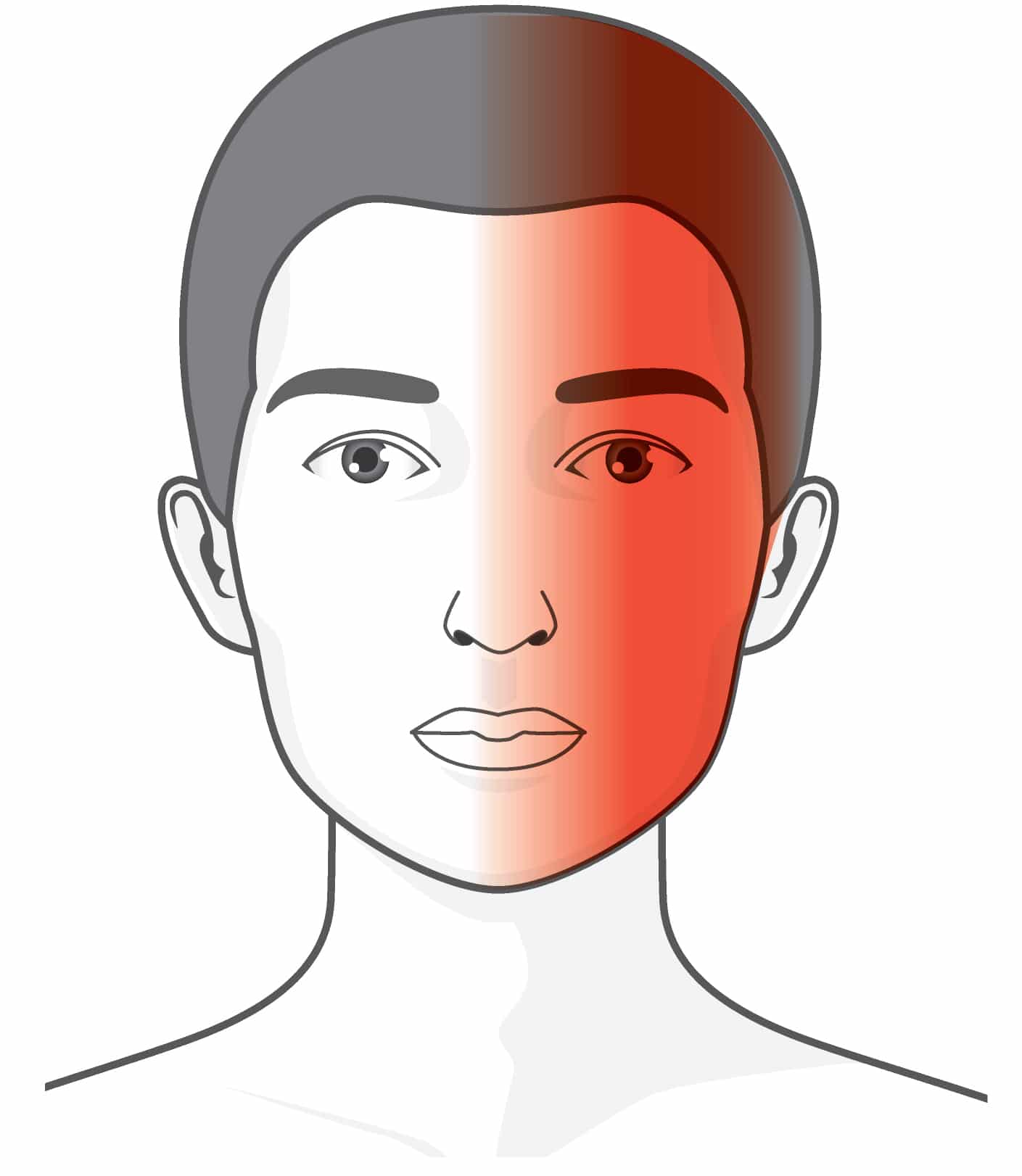Headaches and Migraines
What Happens in the Body that Results in a Headache?
A headache occurs when the nerves surrounding the brain and skull are activated. The skull and brain are surrounded by protective tissues, muscles, and blood vessels – all of which do have an extensive network of nerves. The pain radiates from the nerves surrounding the brain and the skull. The bones of the skull and tissues in the brain are not technically the source of headache pain because they do not have nerves sensitive to pain.

Types of Headaches
Just as there are various causes of headaches, there are various types of headaches.

Tension Headaches

Sinus Headaches

Cluster Headaches

Migraine Headaches
CAUSE OF HEADACHES
There are myriad reasons why you may develop a headache, ranging from the relatively benign to the very serious. Examples of reasons you may develop a headache include:
- A blow to the head of some kind
- Overindulging in alcohol or caffeine
- Skipping meals
- Being subjected to loud noise for an extended period of time
- Dehydration
- Stress
- Muscle strains
- Anxiety
- Sinus problems
- Concussion
- High blood pressure
- Stroke
- Brain tumors
- Various diseases or illnesses
How to Avoid Headaches
It’s possible to prevent some, but not all, headaches. Simple things you can do at home to avoid headaches include eating regularly, getting enough sleep, limiting your alcohol and caffeine intake, and avoiding upsetting situations. Many headaches are triggered by stress, which can cause your body to tense up. Unfortunately, many other headaches can’t be avoided. Migraines, for example, are often hereditary. Sinus headaches are an unavoidable side effect of sinus infections.
Get Treatment for Head Pain
If you’re experiencing headaches that are causing pain that exceeds nuisance pain, or headaches that are becoming more frequent or severe, it’s important to be evaluated by a reputable medical professional. Request an appointment with a Space City Pain Specialist for evaluation and headache relief.

